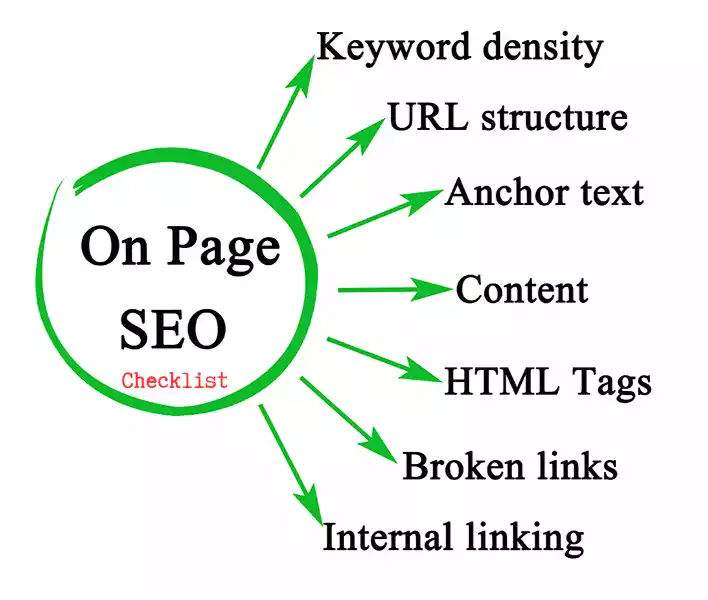Search engine optimization (SEO) is a dynamic field, but one thing remains constant—on-page optimization is essential for achieving high rankings and visibility in search results. Understanding and implementing effective on-page SEO strategies can significantly improve your website’s performance. In this guide, we break down the key components of on-page SEO, providing actionable tips and insights to help you optimize your website for search engines.
| Keyword Research | Identify Primary Keywords Long-Tail Keywords |
| Title Tags | Include Primary Keyword Optimal Length Engaging and Descriptive |
| Meta Descriptions | Summary of Content Include Keywords Optimal Length |
| Header Tags (H1, H2, H3, etc.) | H1 Tag Subheaders |
| URL Structure | Short and Descriptive Include Keywords |
| Content Optimization | High-Quality Content Keyword Placement Optimal Length |
| Internal Linking | Strategic Links Anchor Text |
| External Linking | High-Authority Sites Relevance |
| Image Optimization | Alt Text File Names Compression |
| Mobile Friendliness | Responsive Design Test on Devices |
| Page Load Speed | Optimize Performance Minify Resources Use a CDN |
| User Experience (UX) | Easy Navigation Engaging Layout Reduce Bounce Rate |
| Schema Markup | Structured Data Rich Snippets |
| Social Sharing Integration | Share Buttons Open Graph Tags |
| Regular Updates | Content Freshness Monitor Performance |
| Content Formatting | Use Bullet Points Use Short Paragraphs |
| Structured Data Markup | JSON-LD Format Validate with Google Structured Data Testing Tool |
| Breadcrumb Navigation | Add Breadcrumb Links Enhance User Navigation |
| HTTPS Security | Implement SSL Certificate Improve Security |
| Multi-Language Optimization | Use hreflang Tags Localize Content |





